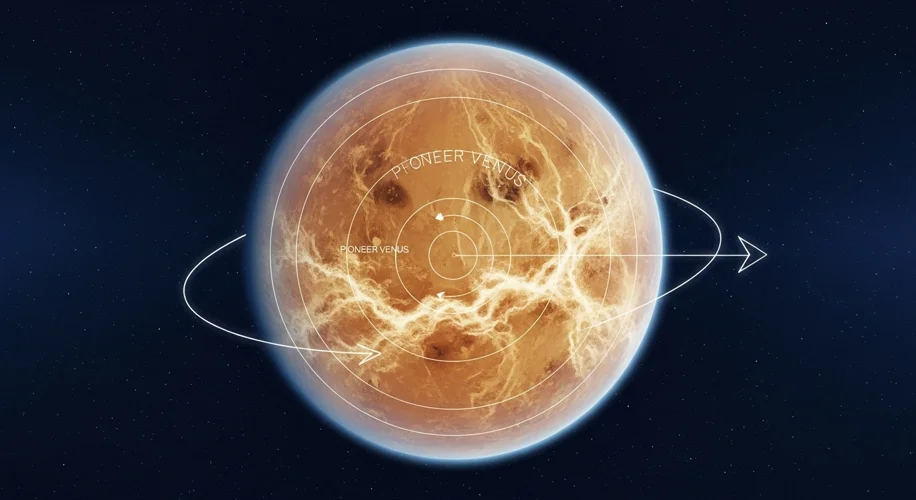Hey everyone, Simone here! Today, I want to dive into a fascinating question about our solar system neighbor, Venus. You might have heard that Venus spins in the opposite direction of most other planets. But if you’re looking at a map, how do you actually see that? Let’s use the data from the Pioneer Venus mission to figure this out.
Understanding Planetary Spin
Most planets in our solar system, including Earth, spin counter-clockwise when viewed from above the North Pole. This is called prograde rotation. Venus, however, spins clockwise, which is known as retrograde rotation. It’s a slow spin, too – a Venusian day is longer than its year!
Pioneer Venus: Our Window to Venus’s Surface
Launched in 1978, the Pioneer Venus mission was a series of spacecraft that gave us our first detailed look at Venus’s surface through its thick clouds. It mapped the planet’s topography using radar. Think of it like using sonar to see the ocean floor, but for Venus!
Visualizing the Spin: Left or Right?
So, how does a map show us Venus’s spin direction? It all comes down to orientation and how we choose to represent a spherical planet on a flat surface.
Imagine you’re holding a globe of Earth. If you were to draw an arrow showing Earth’s rotation, it would move from west to east, generally moving from left to right across the face of the planet if you’re looking at it from a specific angle.
Now, let’s think about Venus. Because Venus rotates the opposite way (retrograde), if you were to look at it from a similar perspective and draw an arrow indicating its spin, that arrow would appear to move from east to west. On a typical map projection, where north is up and east is to the right, this movement from east to west would be described as spinning leftward across the face of the planet.
Putting it Together with the Pioneer Venus Map
The Pioneer Venus maps provided us with detailed images of Venus’s surface features, like mountains and plains. While the maps themselves are static representations, the scientific understanding derived from them, combined with data on Venus’s rotation, allows us to orient ourselves. If you were to visualize Venus rotating, and observed its surface features moving across your view, they would appear to glide from right to left on a map that has east on the right and west on the left. This visually represents its retrograde, or clockwise, spin.
It’s a subtle but important detail that helps us grasp the unique nature of Venus. This discovery about Venus’s spin is one of the many reasons why studying other planets is so crucial – it shows us just how diverse planetary evolution can be!
What other planetary mysteries are you curious about?

